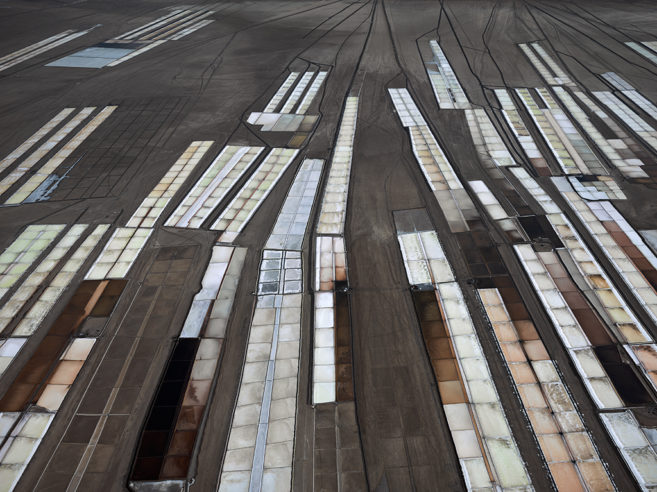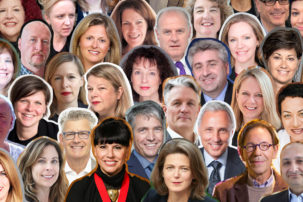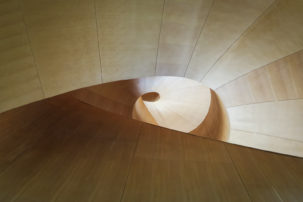Last week, New York’s Metropolitan Museum of Art announced it would start charging a mandatory admission fee for the first time in 48 years. Until then, the Met had enjoyed a period in which they were affectionately known for their “pay what you wish” policy, in part made possible by their status as a “City-Owned Institution.” This means that because the City of New York owns and maintains the Met’s buildings and site, and provides further monetary support besides, decent levels of free access must be granted to the public. Other museums in this category include the American Museum of Natural History, the Brooklyn Museum, MoMA PS1 and the Museum of the City of New York—all of which still have a system of suggested, not required, admission.
The Met’s workaround on their admission fees is interesting from a strategic perspective. As of March, New Yorkers will still be able to get in for free or by paying what they wish, reflecting the funding New York continues to provide to the museum. Out-of-staters will be required to pay a $25 admission fee.
The backlash has been considerable. New York Times art critics Holland Cotter and Roberta Smith quickly posted an op-ed. Smith stated, “If libraries started charging entrance fees there would be a great uproar. We don’t have to pay for access to publicly owned books, and we shouldn’t have to pay to see art in museums whose nonprofit status is supported by our taxes.” The Guardian, the New York Post, the New Yorker and the Washington Post have all subsequently taken the Met to task, advocating for the importance of public access to publicly owned art collections. And a public petition is now gaining steam.
The UK, too, has seen active public debate about free museum admission in recent years. The national museums which dropped charges as a result all saw substantial increases to their visitor numbers, an average of 70 percent, notes the Centre for Public Impact. Often these museums have offered free admission to permanent collections—those works owned by the public—while charging for temporary exhibitions.
Where is this conversation in Canada? In an interview with Hyperallergic, Met Museum CEO Daniel H. Weiss says that part of the reason for the Met’s new mandatory fees is that city funding has declined. When “pay what you wish” was instituted, he says, state funding provided 25% of operating costs, and it now provides 9%. Yet several public art institutions in Canada today receive as much or more than 25% of their operating budgets from public funds, and they have charged mandatory admission fees for years. On top of this, they are hiking these fees.
This year alone, the National Gallery of Canada—which receives an annual $8 million federal appropriation for acquiring art, as well as an at-least-$35 million federal appropriation for operating and capital expenditures, for a total of at least 82% public funding of projected operating budget in 2017–18—raised its adult admission fee by 25%, from $12 to $15. The April 20 press release announcing this hike was titled, “National Gallery of Canada extends hours to view summer offering titled ‘Our Masterpieces, Our Stories’”—with the announcement of extended hours coming first in the release, and the admission fee increase, effective May 1, buried below. The release emphasized fees had not been raised since 2013—though it did not mention that at one time, many years ago, it was free to enter the permanent collection.
Aside from social-media grumbling, there was, to my surprise, little sustained dissent about the National Gallery of Canada’s recent fee decision. The move might be considered particularly egregious during 2017, Canada’s sesquicentennial, in which national culture, however problematic, was being celebrated. For their part, the NGC was preparing an important reinstall of its publicly owned collection, combining their designated-as-such Canadian and Indigenous collections. What’s more, much smaller and less resourced museums, such as Peel Art Gallery Museum and Archives in Brampton, were at least doing two months of free admission in honour of the sesquicentennial—to say nothing of Parks Canada’s waiving of admission fees for the entire year.
In light of the Met’s recent admission hike, it is also worthwhile to consider how unevenly other Canadian institutions handle access decisions. The Art Gallery of Ontario, for instance, receives its biggest chunk of public funding—$22.7 million in 2016–17—from the Government of Ontario. That’s 23.7% of its total $91 million in revenues for that year, awfully close to what the Met says it was receiving from the City of New York during its “pay what you wish” days.
Yet the majority of the AGO’s free-admission initiatives are aimed only at residents of Toronto, who do provide some public funding to the gallery: $689,000 in 2016–17, which comprises 0.8% of total revenues. Torontonians can access the AGO for free through the Toronto Public Library’s pass program, which distributes five free passes weekly at each of its 100 branches—a total of 500 passes per week. In addition, the AGO has agreements with a number of non-profits to provide free passes to populations that might particularly be in need of them. And interestingly, all Ontario high school students with ID can come in free after three from Tuesday to Friday during the school year. Yet what about other Ontarians? Most adults in, say, Waterloo, Ottawa, North Bay, Sudbury—places where, through provincial taxes, there is also a contribution to the AGO—do not benefit from such programs. (Neither do high schoolers up from Windsor for the weekend or summertime, for that matter.)
Some art lovers attempt creative work-arounds in order to access Canadian museums. A Torontonian I know buys an out-of-town membership to the Vancouver Art Gallery ($65 versus $110), then uses exchange privileges to get into the ROM and other museums. Members of the non-profit Grange Fitness Centre, across Grange Park from the AGO, get, for a $20 agency fee, unlimited access to an AGO family pass.
Of course, admission fees are not the be-all and end-all when it comes to access. Many other factors also play into the accessibility and openness of a museum to the public. And public museums are under more pressure than ever these days to demonstrate independent revenue generation. Yet the fee issue does remain a clear barrier to many—and the fact that people seek out such ad hoc work-arounds are a testament to that.
So where is a distinct, mobilizing, widespread backlash to admission fees in this country? The Met’s decision is controversial because many New Yorkers feel a pride in and ownership of the museum and its art. Meanwhile, longstanding admission fee barriers in Canada, among other limitations, have given the wrong impression that public museum collections are for elite, privileged populations. Let’s remind ourselves: such collections are held in trust for the public. They belong to us.
This article was updated on January 12, 2018. The Vancouver Art Gallery out of town membership indicated has been used to gain reciprocal admission to the ROM and other Ontario museums.

 The interior of the Metropolitan Museum of Art in New York. Photo: Carmelo Bayarcal via Wikimedia Commons. Used under a Creative Commons license.
The interior of the Metropolitan Museum of Art in New York. Photo: Carmelo Bayarcal via Wikimedia Commons. Used under a Creative Commons license.







